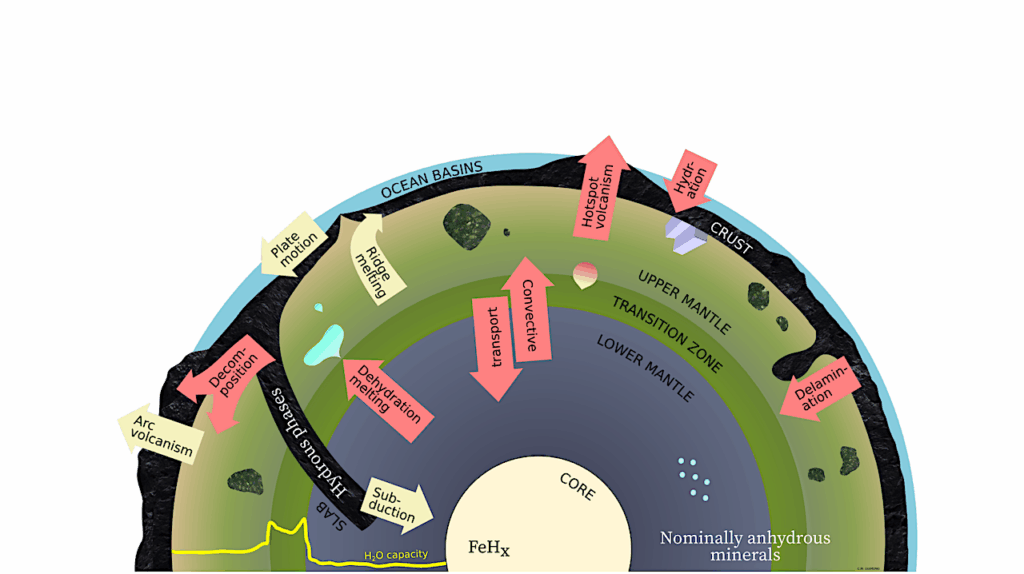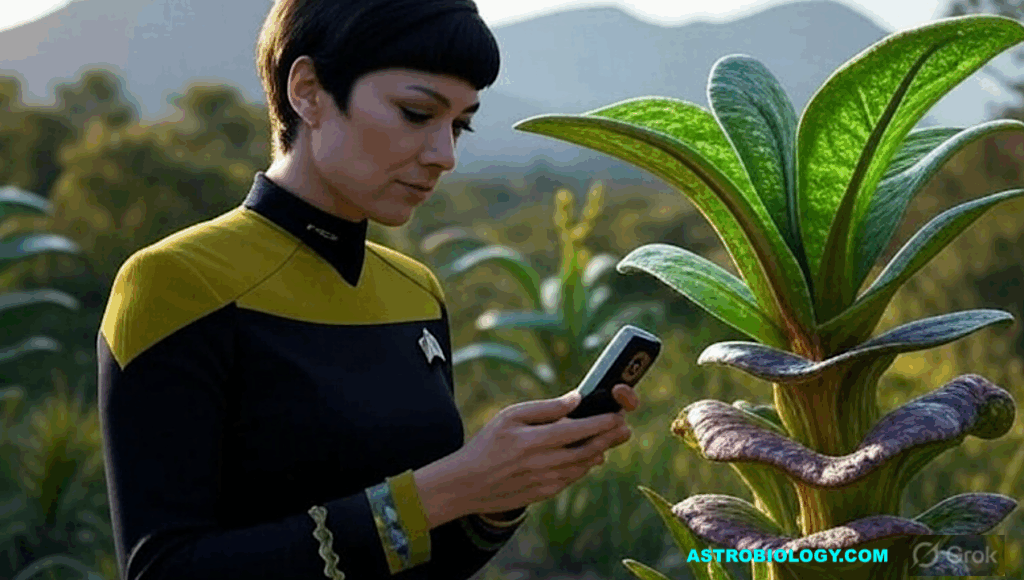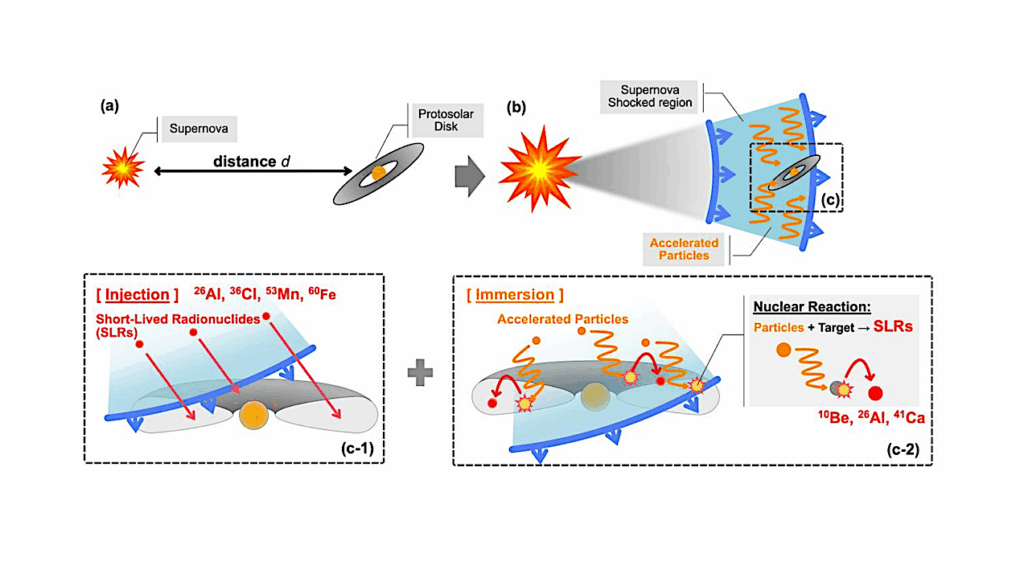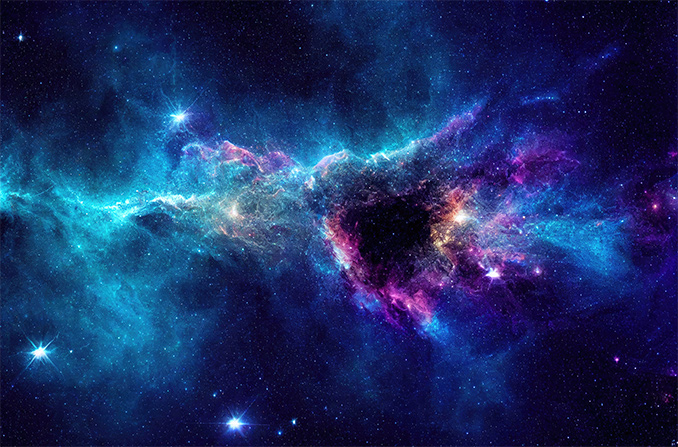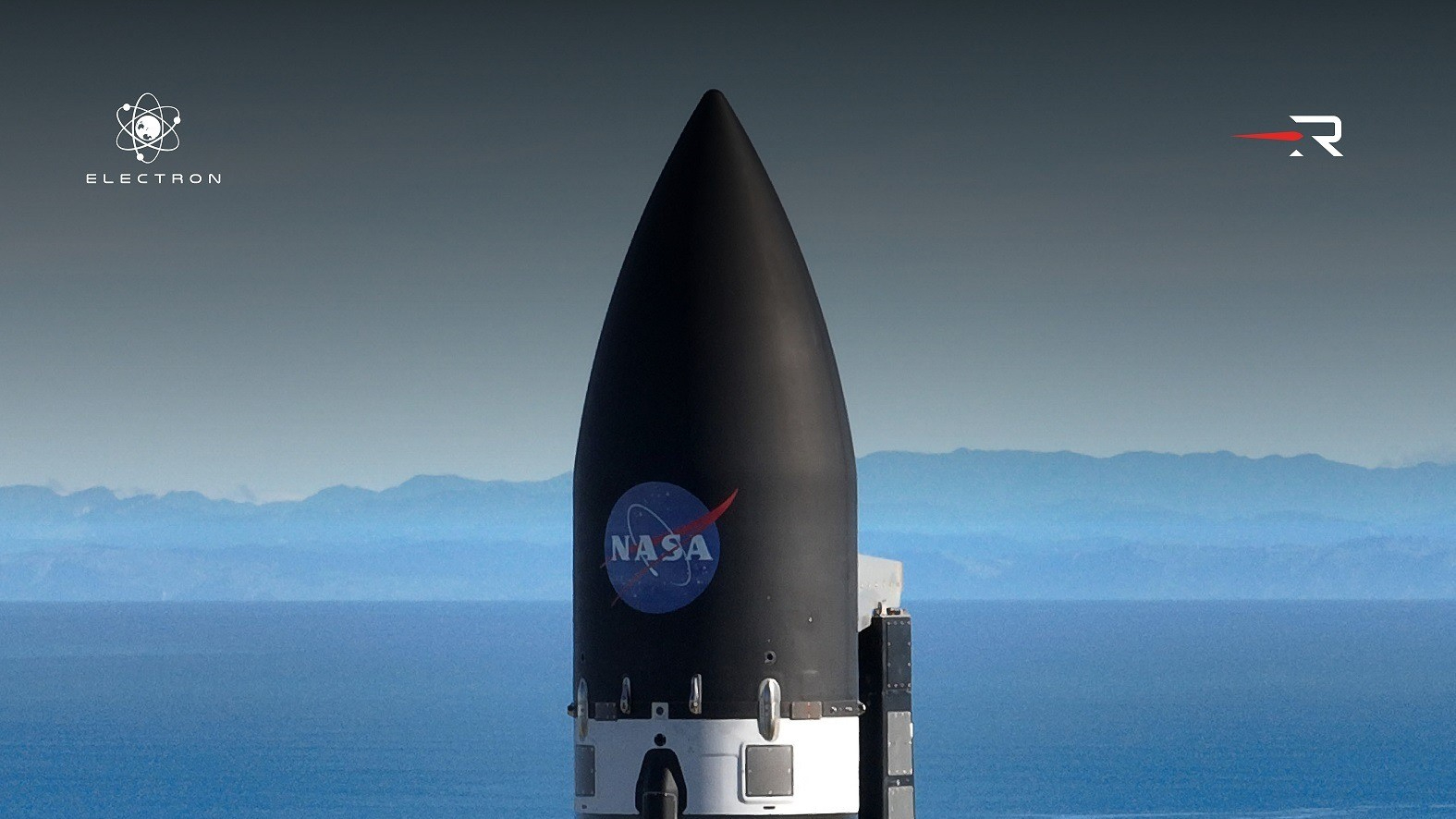Now Reading: The Most Extreme Solar Storm Hit Earth In 12350 BC
-
01
The Most Extreme Solar Storm Hit Earth In 12350 BC
The Most Extreme Solar Storm Hit Earth In 12350 BC
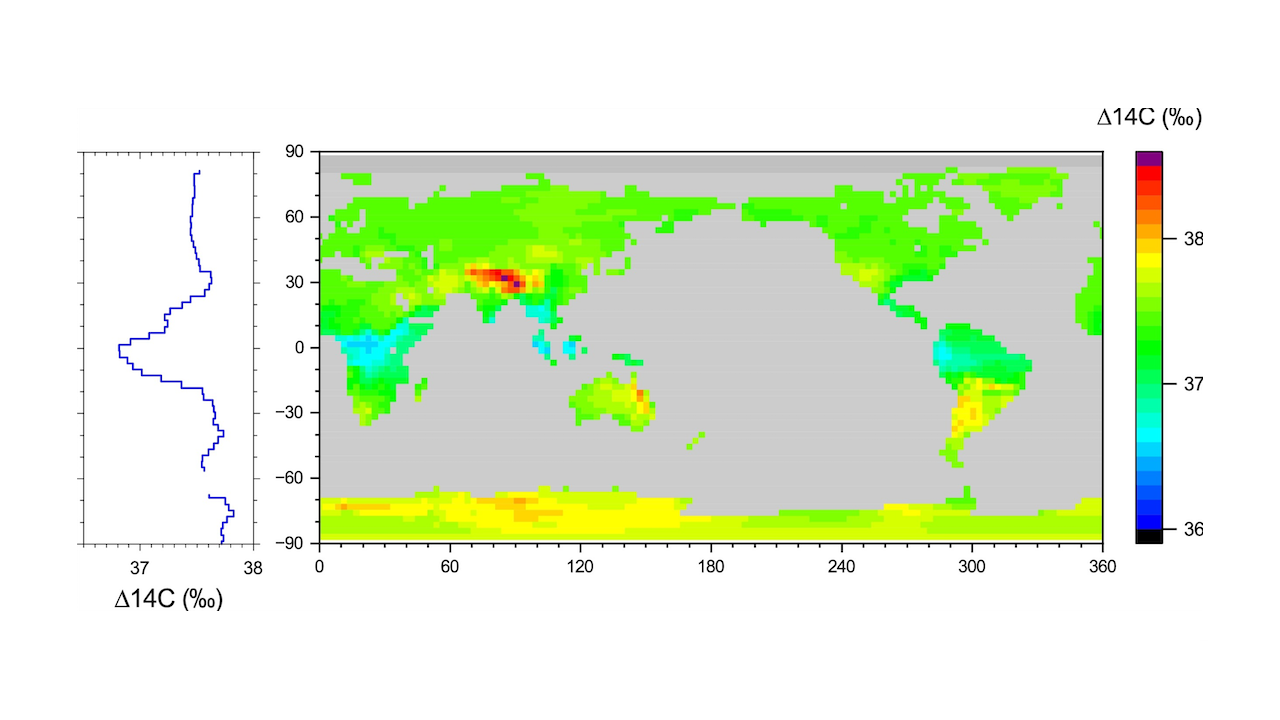

Peak Δ14C regional response (colour code is shown on the right) over land to the ESPE of 12350 BC (model experiment GW). The central panel depicts the geographical distribution, while the panel on the left shows the zonal mean (over land) of the results from the middle panel. — Earth and Planetary Science Letters
New research uncovers the strongest solar event ever detected — rewriting our understanding of space weather and radiocarbon dating.
An international team of scientists has discovered an extreme spike in radiocarbon corresponding to the year 12350 BC during the dusk of the last Ice Age. However, the strength of the event could not be assessed earlier because of the lack of an appropriate model. Presently, it has been identified as the most powerful solar particle storm known to date – a colossal space weather storm that struck Earth 14,300 years ago. This recent finding expands the timeline and intensity of known solar activity and sets a new upper boundary for such solar phenomena.
In the study, Postdoctoral Researcher Kseniia Golubenko and Professor Ilya Usoskin at the University of Oulu, Finland utilised their newly developed chemistry–climate model called SOCOL:14C-Ex, specifically designed to reconstruct solar particle storms under ancient glacial climate conditions. The model confirmed that the detected solar event was approximately 18% stronger than the notorious AD 775 event — until now the strongest solar storm ever recorded in tree-ring archives.

Graphical Abstract – Earth and Planetary Science Letters
“Compared to the largest event of the modern satellite era — the 2005 particle storm — the ancient 12350 BC event was over 500 times more intense, according to our estimates”, says Dr. Golubenko.
Other large known solar particle storms have occurred around 994 AD, 663 BC, 5259 BC and 7176 BC, and a few other candidates are under investigation. The new model was also verified using wood samples recently found in the French Alps, dating back some 14300 years.
Solar particle storms are rare, but when they occur, they bombard Earth with an enormous amount of high-energy particles. In comparison, the famous Carrington event in 1859 was a different kind of event and not accompanied by a solar particle storm.
“The ancient event in 12350 BC is the only known extreme solar particle event outside of the Holocene epoch, the past ~12,000 years of stable warm climate”, says Golubenko. “Our new model lifts the existing limitation to the Holocene and extends our ability to analyse radiocarbon data even for glacial climate conditions.”
In the study, Golubenko and Usoskin, designed the SOCOL:14C-Ex model to assess the solar particle storm intensity under glacial conditions. The model was successfully validated using data in tree rings from the AD 775 event and applied to the late Ice Age conditions to study the 12350 BC event.
With the model, the researchers assessed the strength, timing, and terrestrial effects of the most extreme solar particle event presently known. The model — now validated under both Holocene and glacial conditions — marks a major step forward in analysing radiocarbon variations across different climatic and geomagnetic epochs.
The international research team included scientists from France and Switzerland, and was led by Professor Edouard Bard from CEREGE, France.
A new era for radiocarbon dating – and worst-case scenario for solar storms
Solar particle storms can greatly enhance the normal production of cosmogenic isotopes like radiocarbon (14C) in the atmosphere by galactic cosmic rays. Such enhanced production, preserved in annual tree rings, serves as a clear cosmic timestamp making possible absolute dating of tree samples. Such dramatic spikes — known as Miyake events, named after the Japanese researcher who first discovered them — offer invaluable data for scientists studying both solar activity, ancient Earth systems and space climate.
“Miyake events allow us to pin down exact calendar years in floating archaeological chronologies”, describes Usoskin. Radiocarbon signals from such events have already enabled researchers to precisely date Viking settlements in Newfoundland and Neolithic communities in Greece.
The findings revise our understanding of solar physics and space weather extremes. “This event establishes a new worst-case scenario,” Golubenko notes. “Understanding its scale is critical for evaluating the risks posed by future solar storms to modern infrastructure like satellites, power grids, and communication systems.”
The new research article New SOCOL:14C-Ex model reveals that the Late-Glacial radiocarbon spike in 12350 BC was caused by the record-strong extreme solar storm was published 28 April 2025 in the esteemed scientific journal Earth and Planetary Science Letters.
New SOCOL:14C-Ex model reveals that the Late-Glacial radiocarbon spike in 12350 BC was caused by the record-strong extreme solar storm, Earth and Planetary Science Letters (open access)
Astrobiology, Space Weather,
Stay Informed With the Latest & Most Important News
Previous Post
Next Post
-
 012024 in Review: Highlights from NASA in Silicon Valley
012024 in Review: Highlights from NASA in Silicon Valley -
 02Panasonic Leica Summilux DG 15mm f/1.7 ASPH review
02Panasonic Leica Summilux DG 15mm f/1.7 ASPH review -
 03From Polymerization-Enabled Folding and Assembly to Chemical Evolution: Key Processes for Emergence of Functional Polymers in the Origin of Life
03From Polymerization-Enabled Folding and Assembly to Chemical Evolution: Key Processes for Emergence of Functional Polymers in the Origin of Life -
 04How New NASA, India Earth Satellite NISAR Will See Earth
04How New NASA, India Earth Satellite NISAR Will See Earth -
 05And Thus Begins A New Year For Life On Earth
05And Thus Begins A New Year For Life On Earth -
 06Astronomy Activation Ambassadors: A New Era
06Astronomy Activation Ambassadors: A New Era -
07SpaceX launch surge helps set new global launch record in 2024












